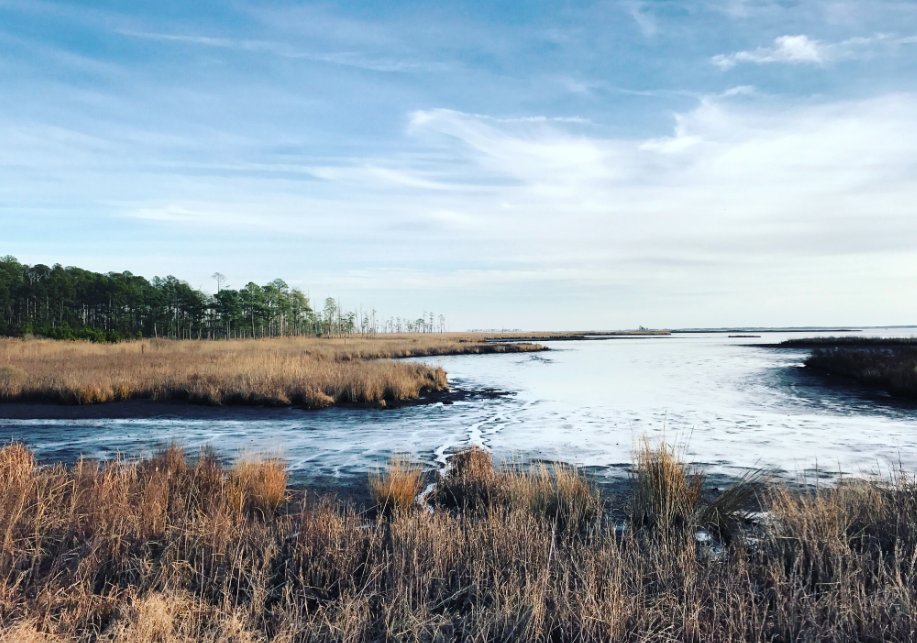
It was a stark headline for anyone who has cherished a hot pile of Maryland crabs, or championed the boom of our state’s oyster aquaculture industry, or admired the summer osprey flitting over the brackish waters of the Chesapeake Bay.
On Wednesday, the Bay Journal was not pushing a post about sea-level rise, farmland run-off, or the Conowingo Dam. Instead, it read “Bay Journal to lose EPA funding,” meaning that the future of the 27-year-old nonprofit news outlet, known for its award-winning environmental coverage of the Chesapeake Bay watershed, was now up in the air.
“It’s always awkward to become the news rather than simply report it,” wrote managing editor Timothy Wheeler in a blog post. “Needless to say, we’re baffled by the EPA’s decision.”
Citing a shift in priorities, the Environmental Protection Agency abruptly canceled its six-year grant with the Bay Journal, which makes up about a third of the paper’s budget, effective February 1. In its second year of the grant, which is dispersed in annual installments, the Journal was slated to receive $325,000 this upcoming February. The paper currently has enough funding to continue publishing into early 2018.
“We believe very strongly in independent journalism and we have very much appreciated the EPA funding, but it has not influenced the way we cover our stories,” says staff writer Rona Kobell, who was been with the Journal for eight years and was our Best of Baltimore “Bay Watcher” winner in 2015. “This cut is a very big disappointment, but it is not the end of the Bay Journal. We continue to be a strong newspaper, and we’re all committed to carrying on.”
In a statement published shortly after the Journal‘s announcement, Chesapeake Bay Foundation President William C. Baker called the EPA’s decision “a transparent attempt to shut down the free exchange of scientifically validated bay information.” He accused EPA administrator Scott Pruitt of showing “his true anti-environmental colors” and called on Governor Hogan to demand that the administration keep “this valuable resource available to the scientists, citizens, and politicians who depend on it.”
When the Bay Journal launched in 1991, the then-newsletter was fully funded by the EPA, but over time, editor Karl Blankenship and the dedicated staff converted the publication into an independent newspaper and diversified its sources of funding via grants and donations. The free, monthly paper now employs 11 journalists and boasts nearly 100,000 monthly readers in print and online.
Covering North America’s largest estuary has meant reporting on all sides of myriad issues that touch the Chesapeake Bay and its six surrounding states. Over the years, the Bay Journal has become an important source for not only news about pollution, restoration, and legislation, but also long-form features on the history and culture of the region. In the last year alone, the Journal broke such important stories as the controversial firing of veteran crab fisheries manager Brenda Davis and followed the ongoing disputes surrounding the opening of oyster sanctuaries to commercial harvest.
“On a personal note, I’m very proud of what we do for such a small staff,” says Kobell. “This is our commitment. We don’t have to cover fires or accidents or the tearing down of Confederate monuments. We just have this one mission. A lot of us have become experts about the things we cover. There is an authority to those stories that speaks to our deep sourcing and knowledge. As a result, we’ve really been able to offer something to people. I’m very proud of that.”
